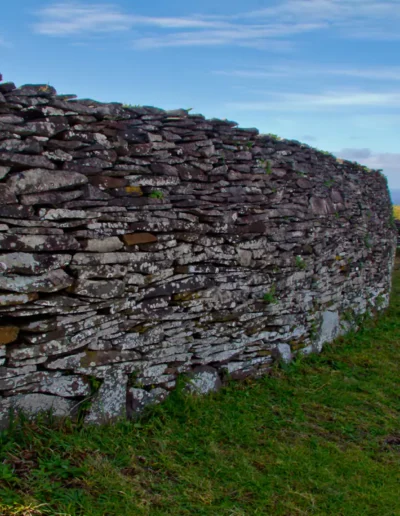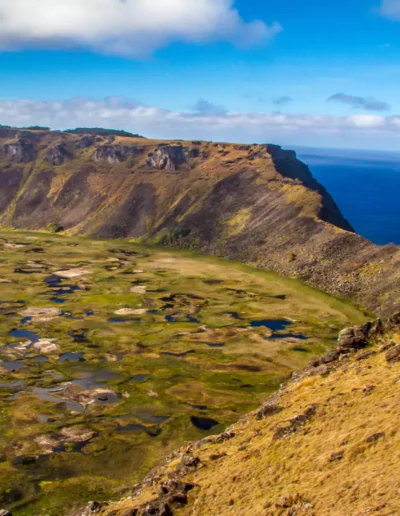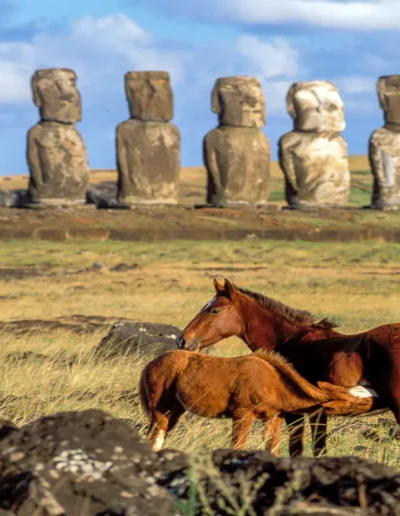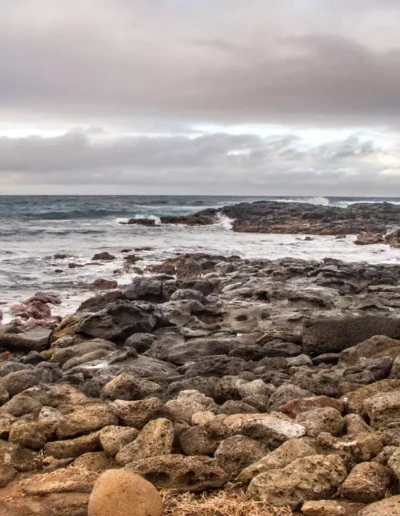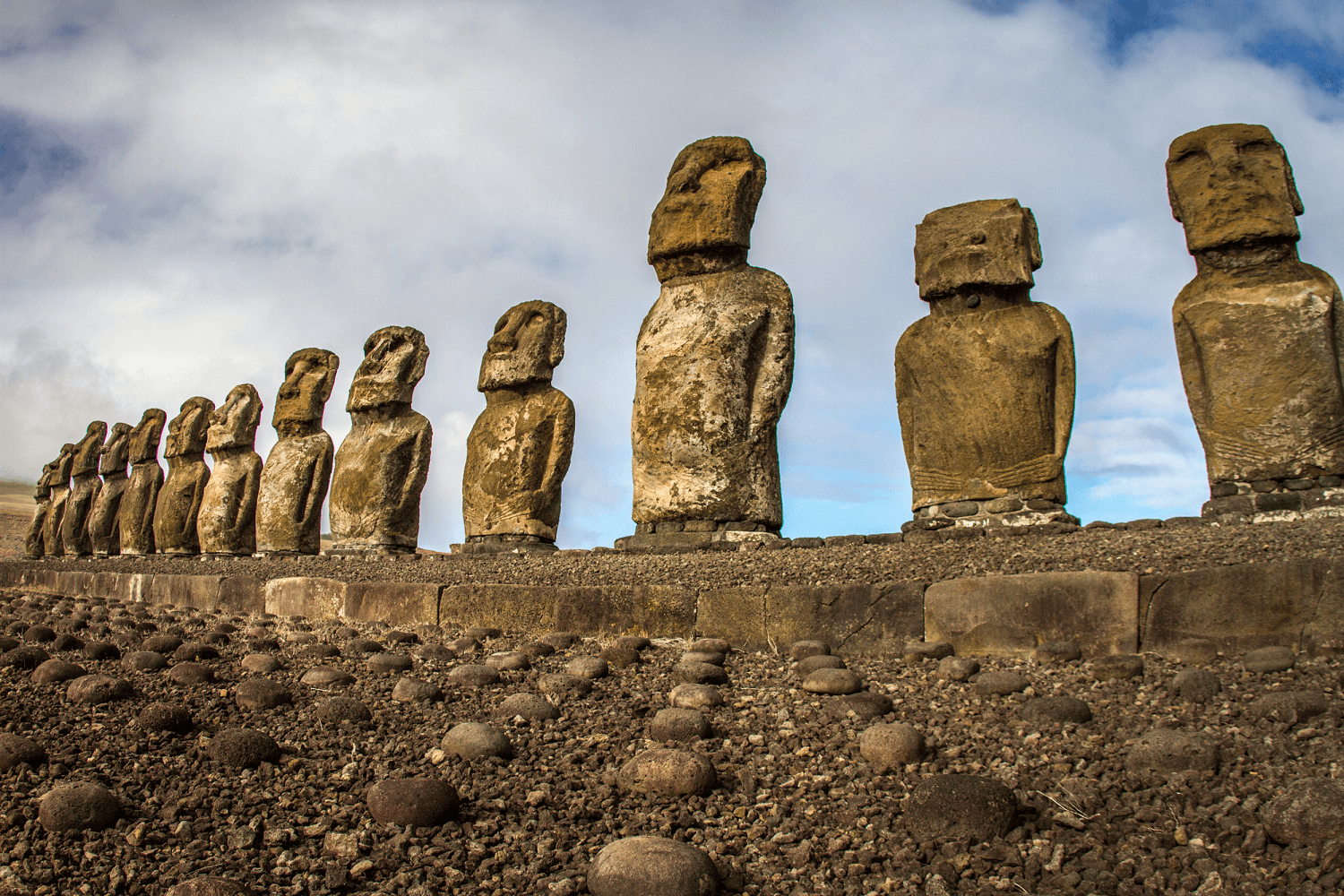HOTELS
ACTIVITIES
WEATHER
GETTING THERE
COMBINE WITH
ALBUMS & STORIES
Rapi Nui: Easter Island
Rapa Nui, also known to visitors as Easter Island or Isla de Pascua, is the world’s most remote inhabited island. Its position is 2,200 miles west of Chile’s Pacific Coast—a rough midpoint between South America and Tahiti. Although the island has been under Chilean administration since 1888, Rapa Nui’s heritage is unmistakably Polynesian. The original inhabitants of Easter Island are believed to have sailed from the Cook or Marquesas Islands around 800 AD. They developed a complex culture with written language and monumental architecture in the centuries that followed.
Rapa Nui National Park
Rapa Nui’s 63 square miles are distributed in a triangle between three extinct volcanoes: Terevaka, Poike, and Rano Kau. The only residential township, Hanga Roa, rests on the western coast. Outside Hanga Roa, nearly all of the island is protected as Rapa Nui National Park, established in an effort to protect the 20,000+ archeological sites that dot the island. These include 887 moai—massive volcanic stone statues originally finished with white coral eyes, obsidian pupils, and red stone topknots.
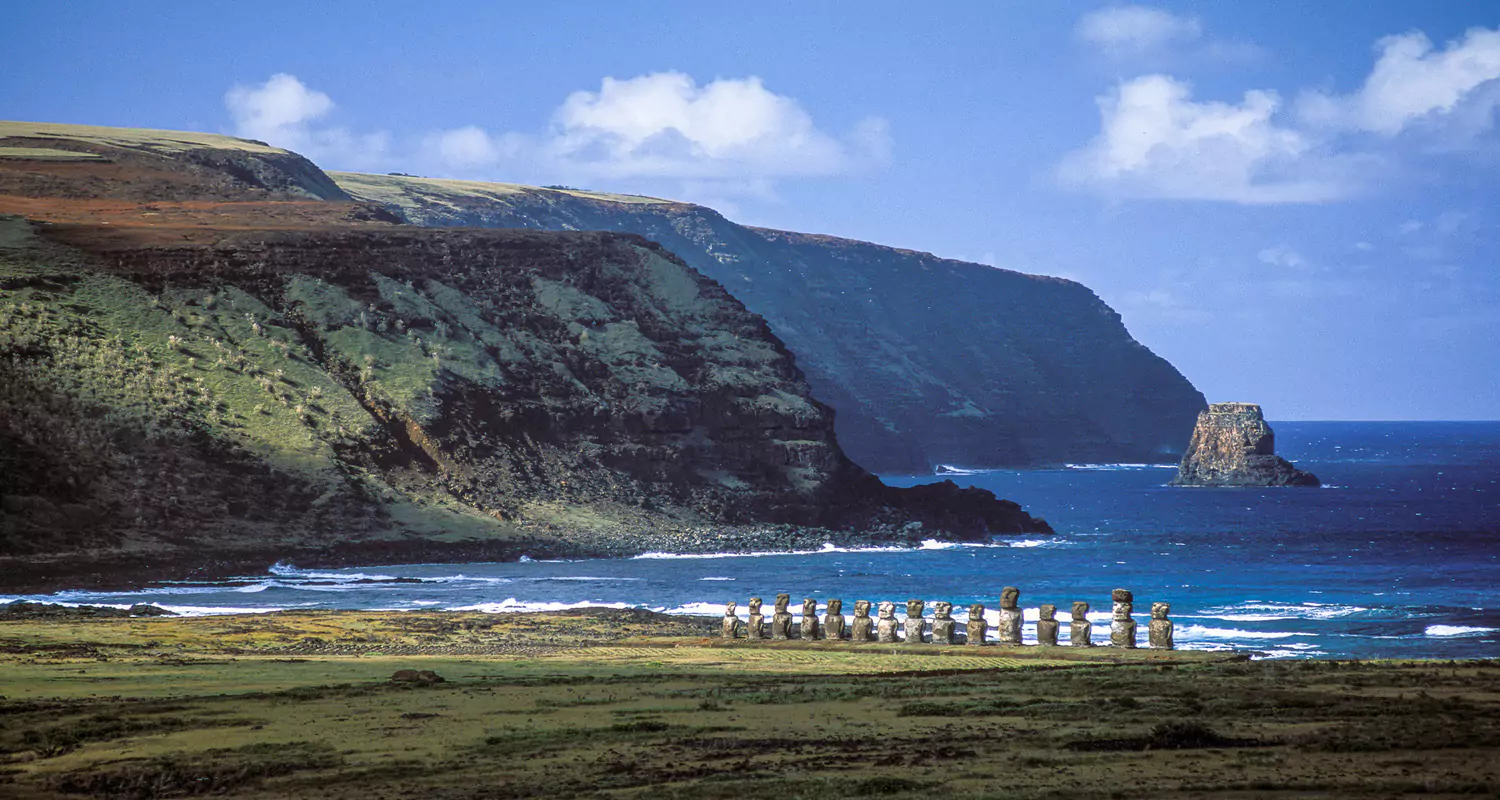
Our Favorite Hotels
What to do on Easter Island
LANDED works with all-inclusive lodges on Easter Island, including a list of curated activities to help you make the most of your time in the National Park. These adventures and experiences customized for beginners and experts include hikes to the island’s largest crater and Orango ceremonial village, sunset bike rides to the massive moai ahu at Tongariki, and unique opportunities to snorkel, SUP, and dive.
Over the years, we’ve built a network of trusted collaborators—true ambassadors—who reveal the soul of Rapa Nui to our clients, offering exclusive access to its sacred sites, traditions, and hidden corners. LANDED can also assist in arranging signature experiences such as:
- Explore the Rano Kau “Bird Man” petroglyphs and learn about the island’s ancient rites
- Discover the quarries at Puna Pao and Rano Raraku, where moai were carved from volcanic stone
- Venture into lava-formed caves, once used as dwellings and sacred spaces
- Hike coastal trails and trek through Rapa Nui’s volcanic terrain
- Mountain bike across rolling green hills and remote archaeological sites
- Take a surfing lesson or snorkel in crystal-clear waters
- Relax on the white sands of Anakena Beach, fringed by transplanted Tahitian palms
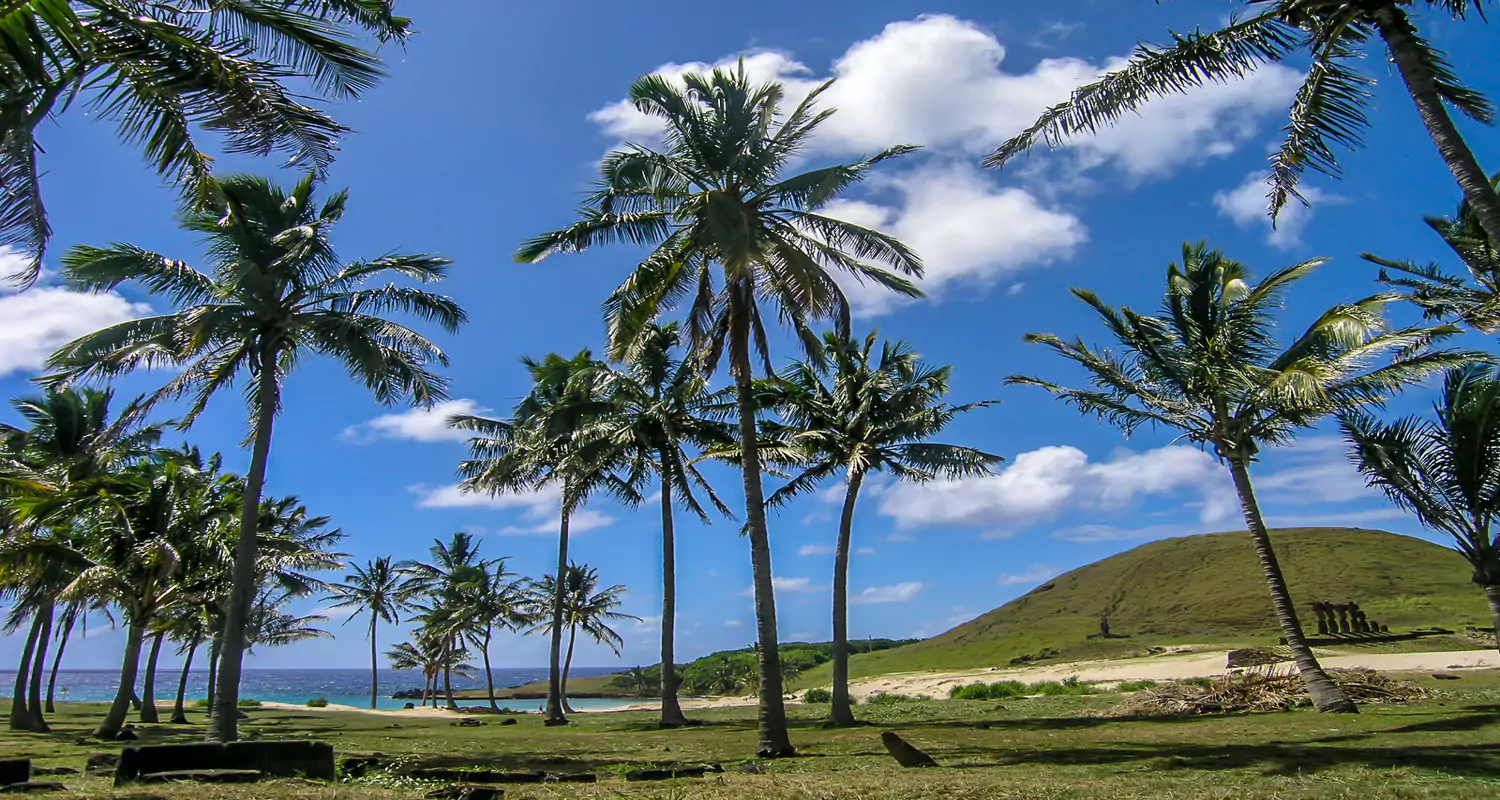
What is the Weather Like?
Easter Island’s marine subtropical climate offers mild temperatures and relatively little precipitation throughout the year.From November to March, summer brings highs in the low 80s, with nights cooling to the mid-60s. June through August see daytime highs in the mid-70s and lows near 60°F. While light rain and cloud cover can appear in any season, the winter months tend to be wetter, creating a lusher landscape. The island’s high season runs from December through March—lodging during these months should be booked well in advance.
No matter when you visit, the weather in this area can surprise you. Mist and rain can be present at any time of the year. These averages are changing, please check extended weather forecasts using your favorite weather app prior to departure.

Getting There
Easter Island is most commonly reached by air from Santiago. This flight to Mataveri International Airport typically lasts five hours and 40 minutes. Flights are also available from Papeete, Tahiti. These have. duration of approximately seven hours and 20 minutes
Start your journey today
LANDED delivers the finest in custom, private travel to Central America, South America, and Antarctica. These regions are our passion; we know them first-hand and by heart. Speak with one of our travel designers and let us create a tailored itinerary for you on Easter Island.
How to combine Easter Island
Have some extra time? Here are some options for you to combine with
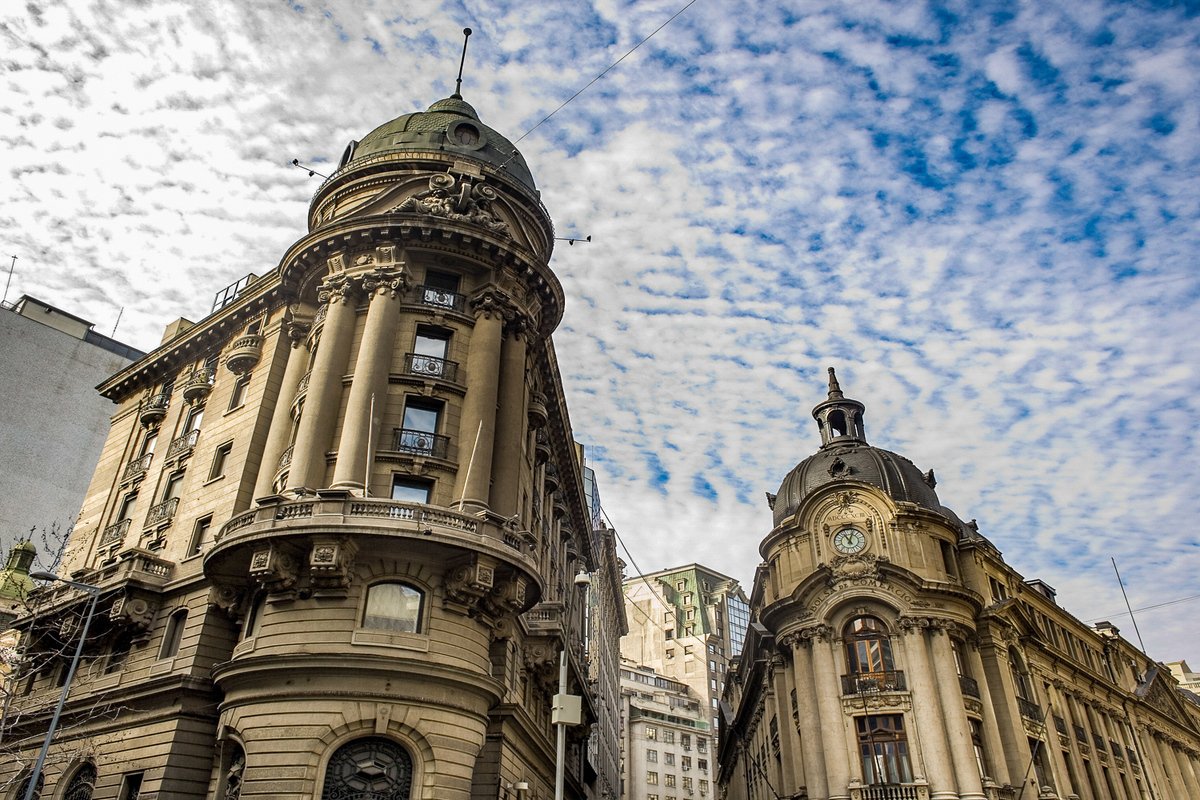
Santiago

Torres del Paine
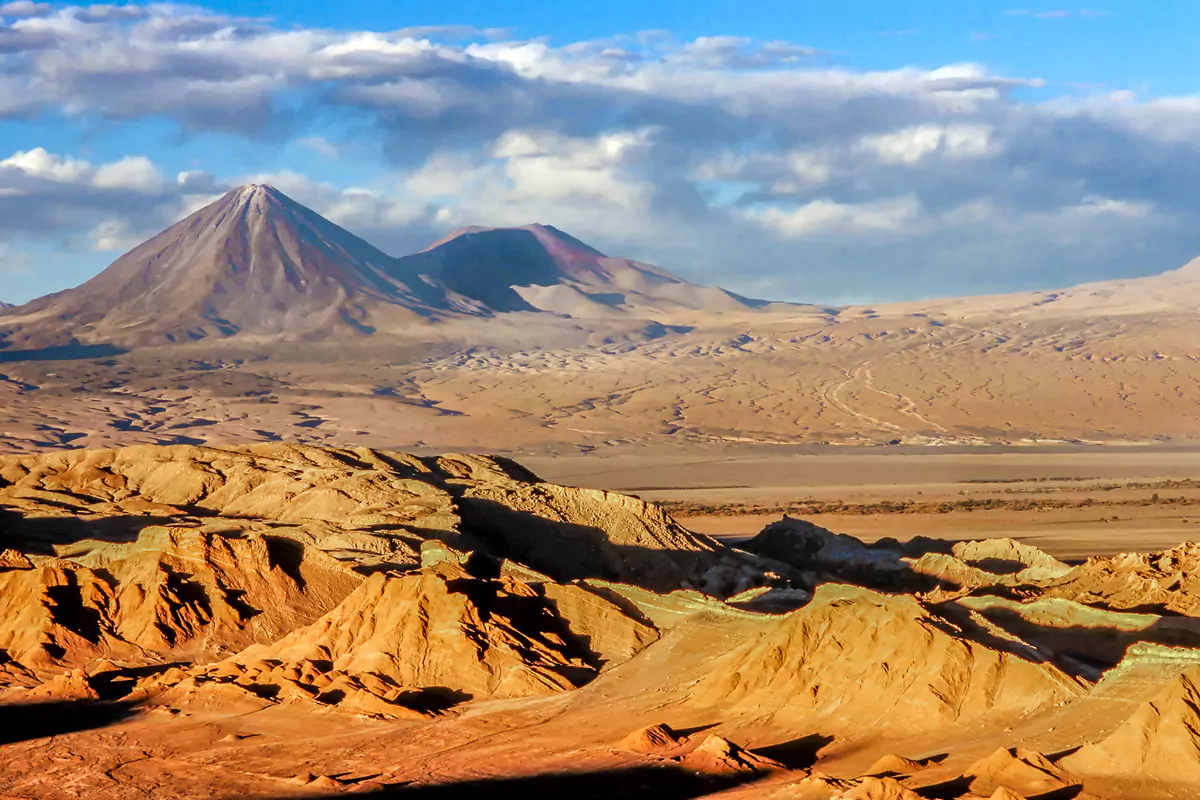
The Atacama Desert


